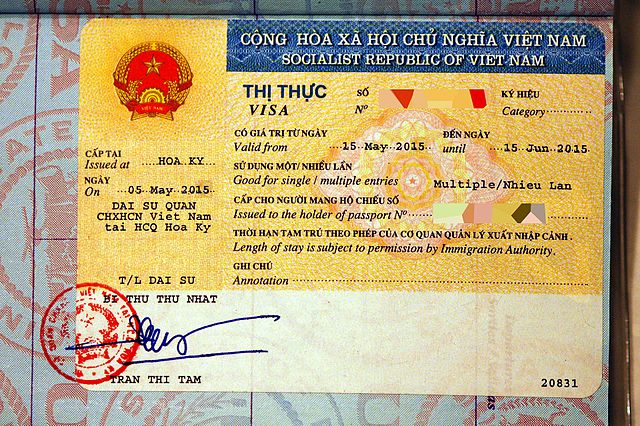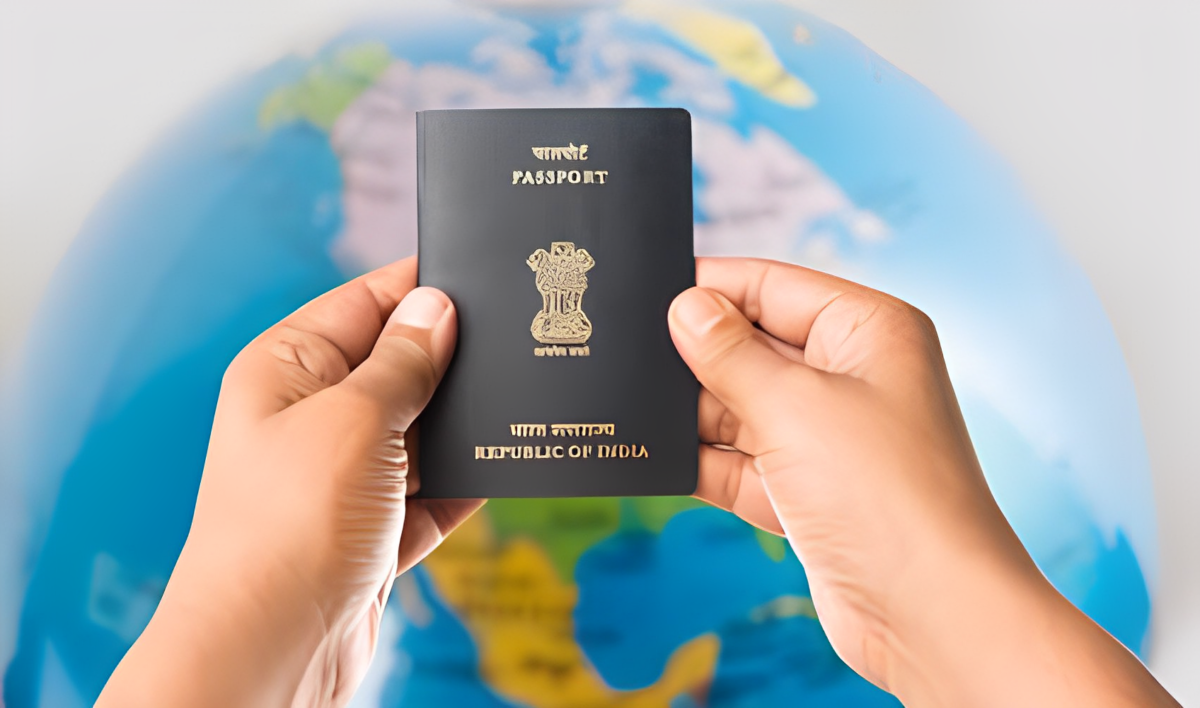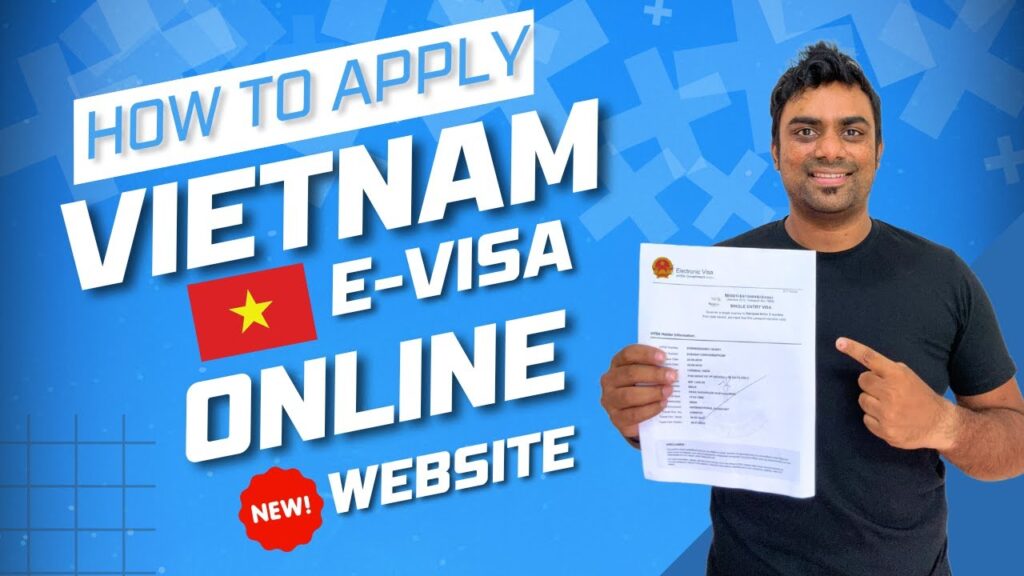Vietnam Visa on Arrival: Everything Indian Travelers Need to Know. For Indian tourists dreaming of exploring Vietnam’s emerald rice terraces, bustling cities, and pristine beaches, understanding the Visa on Arrival (VOA) process is crucial. This guide demystifies the entire procedure—from eligibility to application steps, costs, and pro tips—ensuring a seamless entry into this Southeast Asian gem.
Vietnam Visa on Arrival: A Comprehensive Guide for Indian Passport Holders

Vietnam’s Visa on Arrival system is a game-changer for Indian travelers, offering convenience and flexibility. Unlike traditional embassy visas, VOA allows you to obtain your visa stamp directly at Vietnamese airports after securing an online approval letter.
How Vietnam’s Visa on Arrival Differs from Embassy Visas
The VOA process eliminates the need for in-person embassy visits, saving time and effort. While embassy visas provide physical stickers beforehand, VOA grants approval electronically, with the final stamp issued upon landing. This is ideal for last-minute travelers or those residing far from Vietnamese consulates.
Key Benefits of Choosing VOA for Indian Tourists
For Indians, VOA offers faster processing (often within 48 hours), lower costs, and multi-entry options. It’s particularly advantageous for group travel, as families can apply together under a single approval letter. Additionally, VOA supports spontaneous travel plans, as applications can be submitted just days before departure.
Understanding the Limitations of Visa on Arrival
VOA is only valid for air travel and requires entry through designated airports like Hanoi or Ho Chi Minh City. Land or sea arrivals necessitate a pre-arranged visa. Overstaying or errors in the approval letter can lead to fines or denied entry, emphasizing the need for careful application.
Visa on Arrival for Vietnam: Eligibility and Requirements for Indian Citizens

Indian passport holders must meet specific criteria to qualify for Vietnam’s VOA. The process is straightforward but demands attention to detail to avoid complications.
Essential Documents for Indian Travelers
A valid passport (6-month validity), a printed approval letter, two passport-sized photos, and the stamping fee in USD are mandatory. Photos must have a white background and meet Vietnam’s strict size requirements (4×6 cm). Missing documents can delay airport clearance.
Eligibility Criteria and Special Cases
Most Indian tourists and business visitors are eligible, but journalists or workers must apply for specialized visas. Minors traveling alone may need additional notarized consent letters. Dual citizens should ensure the passport used matches the approval letter details.
Ports of Entry and Transit Considerations
VOA is available at six major airports, including Da Nang and Phu Quoc. Transit passengers without a visa must stay airside; exiting the airport requires prior visa approval. Always confirm entry policies with airlines to avoid boarding denials.
Step-by-Step Guide: Applying for a Vietnam Visa on Arrival as an Indian Traveler

Navigating the VOA process involves two phases: online application and airport stamping. Here’s how to execute both flawlessly.
Selecting a Trusted Visa Agency
Opt for agencies with verified reviews and 24/7 support, like Vietnam Visa Pro. Avoid scams by checking for hidden fees and HTTPS websites. Agencies should provide sample approval letters for transparency.
Filling the Online Application Form
Accurate data is critical—any mismatch between your passport and approval letter can cause entry issues. Double-check dates, passport numbers, and entry points. Pay via secure gateways and save payment receipts.
Handling the Airport Stamping Process
Upon landing, proceed to the “Landing Visa” counter before immigration. Present your documents, pay the stamping fee ($25–$50 depending on visa type), and wait for processing (15–30 minutes). Peak hours may extend wait times, so patience is key.
Vietnam Visa on Arrival: Costs, Processing Times, and Payment Methods for Indians
Budgeting for your visa involves understanding fee structures and planning for contingencies.
Breakdown of Fees and Additional Charges
Service fees range from $15–$50 per person, while stamping fees are paid in cash (USD or VND) at the airport. Expedited processing (2–4 hours) costs extra but suits urgent trips. Beware of agencies offering “free” visas—they often inflate other charges.
Processing Timelines and Rush Options
Standard processing takes 2–3 business days, while express services deliver approvals within 1 day. Weekends and Vietnamese holidays may delay applications. For peace of mind, apply at least a week before departure.
Payment Tips and Currency Advice
Use credit cards for online payments due to fraud protection. Carry crisp USD bills for stamping fees; torn or old notes may be rejected. Avoid currency exchange counters at airports due to poor rates.
Common Mistakes to Avoid When Applying for a Vietnam Visa on Arrival (Indian Travelers)
Even small errors can disrupt travel plans. Here’s how to sidestep pitfalls.
Incorrect Passport Details on the Approval Letter
Typos in names or passport numbers invalidate the letter. Always cross-verify with your passport before submission. Agencies may charge hefty fees for corrections post-approval.
Overlooking Photo Specifications
Vietnamese authorities reject photos with shadows, glasses, or non-white backgrounds. Use professional services to ensure compliance. Digital photo submissions must be high-resolution.
Last-Minute Applications and Flight Risks
Airlines may deny boarding without a visible visa or approval letter. Apply at least 5 days early and carry printed copies of all documents. Ensure your return flight aligns with the visa’s validity period.
Beyond the Visa: Essential Travel Tips for Indian Tourists in Vietnam
With your visa secured, focus on enhancing your travel experience.
Cultural Etiquette and Local Customs
Remove shoes before entering temples and dress modestly. Avoid public displays of affection. Bargaining is expected in markets, but do so politely. Learn basic Vietnamese phrases like “Xin chào” (Hello) to connect with locals.
Must-Visit Destinations and Hidden Gems
Beyond Halong Bay and Hoi An, explore lesser-known spots like Sapa’s terraced fields or Phong Nha’s caves. Indian food lovers will find Vietnamese vegetarian options like “Phở chay” (vegetarian pho) delightful.
Health and Safety Advice
Drink bottled water and avoid street ice. Purchase travel insurance covering medical emergencies. Download ride-hailing apps like Grab for safe, metered transport.
Conclusion
Vietnam Visa on Arrival simplifies entry for Indian travelers, blending affordability with efficiency. By adhering to guidelines—choosing reputable agencies, preparing documents meticulously, and understanding local norms—you can focus on savoring Vietnam’s enchanting landscapes and rich culture. Plan ahead, stay informed, and embark on a memorable journey hassle-free.
`




